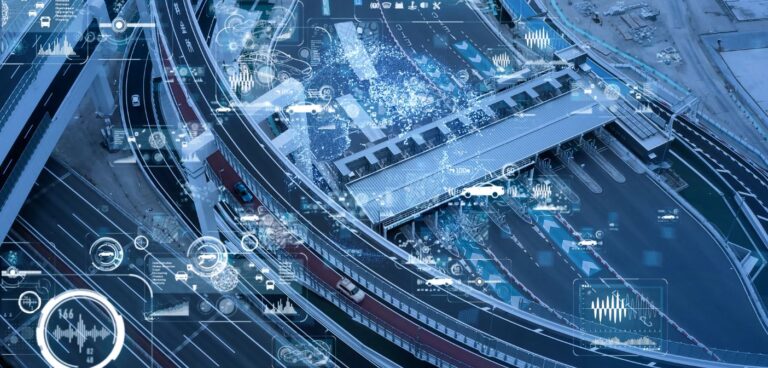AEye, a US developer of adaptive lidar solutions, and Intetra, a Turkish provider of end-to-end solutions for intelligent transportation systems (ITS) and electronic toll collection (ETC) systems, have announced the development and deployment of a lidar-based tolling solution.
The automated tolling system, built on AEye’s 4Sight Intelligent Sensing Platform, is designed to provide greater reliability at a lower cost over inductive loop systems and other above-ground detection modalities, including camera and radar.
Intetra is deploying the new automated tolling system in Turkey and Kazakhstan, with the intention of expanding the relationship to include other ITS applications and geographies globally.
“This lidar-based tolling system leverages AEye’s software-defined architecture to provide accurate, real-time detection, and generate actionable and precise data to support automated tolling,” said Intetra CTO Recep Bahar.
“Not only that, it’s easy to install, operate, and maintain – resulting in huge time and cost savings over previously installed inductive loop systems, which required cutting into pavement and re-routing traffic to make improvements.”
The lidar-based tolling solution is designed to improve real-time data collection, ensuring better, more accurate information is used to drive decisions and avoid revenue leakage. It does this by leveraging 4Sight’s software-configurable architecture and edge intelligence to locate, identify, and track objects over time.
AEye has also created a library of performance modes designed to deliver accurate, high-resolution, long-range 3D point clouds at high frame rates to detect and classify vehicles within the given road boundaries.
The solution can provide data for up to eight lanes of traffic per sensor, collecting information such as vehicle speed, trajectory, type classification, tagging, dimensions, and time stamp, without false or missed detections due to adverse weather conditions.
According to both companies, this is a significant improvement over current systems, which may miss vehicles that are traveling at high speed or making last-second lane changes.
What’s more, unlike inductive loop systems, the lidar-based system is mounted on gantries or traffic poles and is software-configurable, which reportedly makes it faster, easier, and less costly to install, upgrade, and service, while an open SDK ensures flexible integration and low maintenance cost.
Furthermore, the system is said to be highly versatile regarding sensor height, pitch angle, number of lanes, and types of data extracted. And due to the software-configurability of the system, Intetra is able to manage all traffic counting and classification using one sensor at the top of the gantry, resulting in additional savings.
You can learn more about the key trends and challenges affecting senior decision-makers who have responsibility for tolling, intelligent transportation systems and road pricing across the world at the 20th annual Road User Charging Conference in Brussels, Belgium on 07-08 March 2023. Click here for more information.





